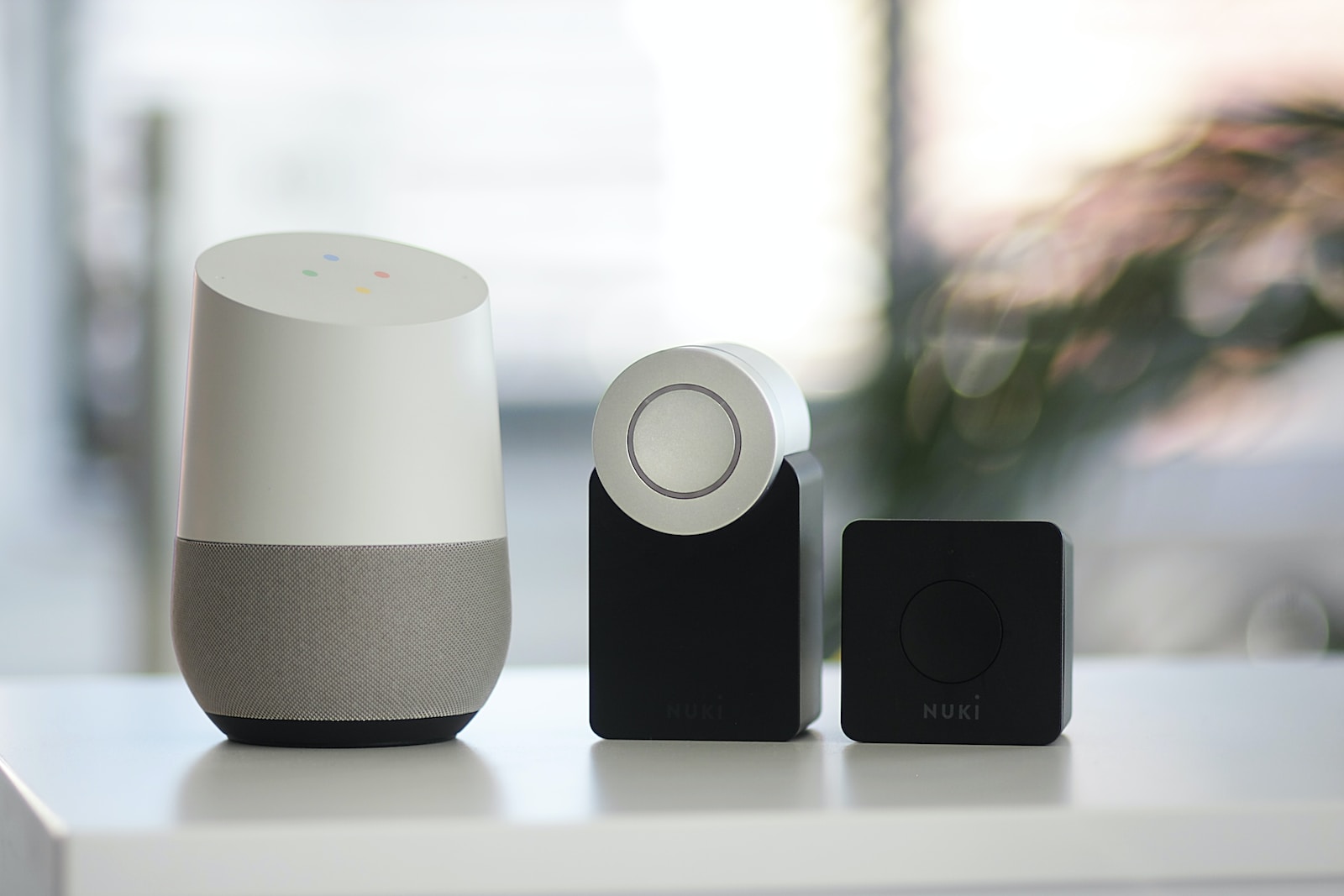Table of Contents
ToggleIntroduction:
As technology advances, we are finding new ways to make our lives more efficient, convenient, and sustainable. One area where this is particularly evident is in the rise of smart homes. By integrating technology into our homes, we can reduce our energy consumption, lower our carbon footprint, and create a more sustainable living environment. In this article, we will explore the benefits of smart home technology and its potential impact on the environment.
Benefits of Smart Home Technology:
Smart home technology offers a variety of benefits when it comes to sustainability. Here are just a few examples:
- Energy Efficiency: Smart homes can be programmed to automatically adjust temperature, lighting, and other systems to optimize energy efficiency. This can lead to significant energy savings over time.
- Water Conservation: Smart homes can also include water-saving devices, such as low-flow showerheads and faucets, and irrigation systems that use sensors to optimize water usage.
- Waste Reduction: Smart homes can help us reduce waste by automating recycling and composting systems, as well as monitoring food waste and consumption.
- Improved Indoor Air Quality: Smart homes can also include air quality monitoring systems, which can help identify and remove harmful pollutants from the air.
- Remote Monitoring and Control: With smart home technology, we can monitor and control our home’s systems from anywhere, which can help us reduce energy usage and costs.
Potential Impact on the Environment:
While smart homes offer many benefits when it comes to sustainability, there are also some potential environmental impacts to consider. For example:
- Manufacturing: The production and disposal of smart home devices and appliances can have a significant environmental impact, particularly if they are not recycled or disposed of properly.
- Energy Use: While smart homes can be more energy-efficient overall, the energy used to power devices and appliances can still have an impact on the environment, particularly if it is generated using non-renewable sources.
- E-waste: As smart home technology becomes more prevalent, there is a risk of increased electronic waste (e-waste) as devices become obsolete or are replaced.
- Security and Privacy: Smart homes can also pose security and privacy risks, particularly if devices are not properly secured or monitored.
Conclusion:
Overall, smart homes have the potential to revolutionize sustainable living by reducing energy consumption, conserving water, reducing waste, and improving indoor air quality. However, as with any technology, there are potential environmental impacts to consider, particularly when it comes to manufacturing, energy use, and e-waste. As we continue to develop and integrate smart home technology, it is important to consider these factors and work towards creating a more sustainable future.
FAQs
Q: Is a smart home sustainable?
A: Yes, a smart home can be sustainable by integrating technology that helps reduce energy consumption, conserve water, reduce waste, and improve indoor air quality.
Q: Why is smart home eco-friendly?
A: Smart homes are eco-friendly because they use technology to optimize energy use, conserve resources such as water, reduce waste, and improve indoor air quality. This can lead to a reduced carbon footprint and a more sustainable living environment.
Q: Is a smart house the same as a green sustainable house?
A: While there is some overlap between smart homes and green sustainable homes, they are not necessarily the same thing. A smart home can be eco-friendly, but it may not necessarily be built with sustainable materials or designed to be energy-efficient.
Q: What are the benefits of smart homes?
A: Smart homes offer a variety of benefits, including energy efficiency, water conservation, waste reduction, improved indoor air quality, and remote monitoring and control. They can also enhance convenience and security.
Q: What are eco-friendly smart homes?
A: Eco-friendly smart homes are homes that use technology to optimize energy use, conserve water, reduce waste, and improve indoor air quality. They are designed to be sustainable and environmentally friendly.
Q: What is the environmental impact of smart homes?
A: While smart homes can be eco-friendly, they can also have environmental impacts such as increased electronic waste and energy use. It is important to consider the potential environmental impacts of smart home technology and work towards creating a more sustainable future.
Q: How do smart appliances contribute to sustainability?
A: Smart appliances can contribute to sustainability by optimizing energy use and reducing waste. For example, a smart thermostat can automatically adjust temperature settings to conserve energy, while a smart refrigerator can help reduce food waste by monitoring expiration dates and suggesting recipes based on available ingredients.
Q: What are sustainable homes?
A: Sustainable homes are homes that are designed to be energy-efficient, environmentally friendly, and built with sustainable materials. They are designed to minimize their impact on the environment and promote sustainability.
Q: What are eco-friendly smart devices?
A: Eco-friendly smart devices are devices that use technology to optimize energy use, conserve resources, and reduce waste. For example, a smart light bulb can be programmed to turn off when a room is empty to conserve energy.
Q: What is green technology at home?
A: Green technology at home refers to the use of technology to promote sustainability and reduce the environmental impact of our homes. This can include smart home technology, energy-efficient appliances, and sustainable building materials.
Q: How does culture play a role in energy sustainability at home?
A: Culture can play a role in energy sustainability at home by influencing attitudes and behaviors towards energy use and conservation. For example, a culture that values conservation and sustainability may be more likely to adopt energy-efficient technologies and practices.







